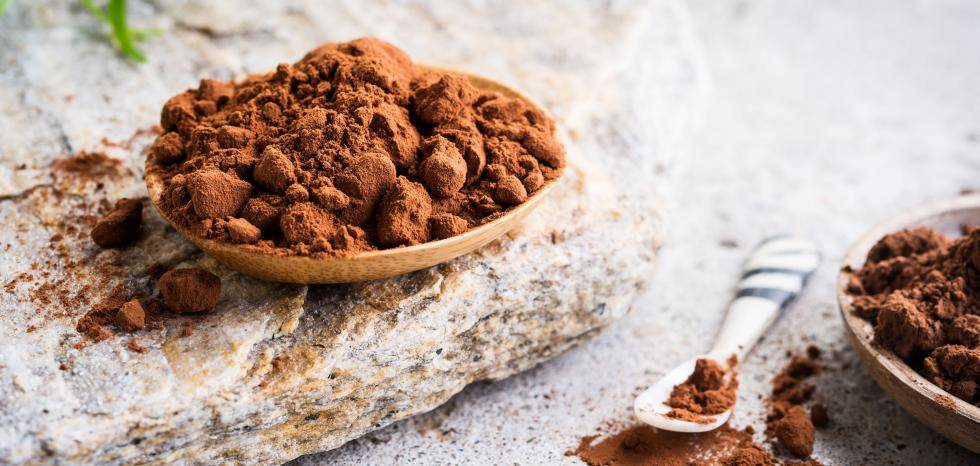Organic cocoa market: Global challenges & opportunities

Organic cocoa market: Global challenges & opportunities
The organic cocoa market represents a very small share of the total cocoa market. It is just around 0.5% of total production worldwide. Although recent studies show that demand for this product is gradually increasing at a strong pace, supply side faces challenges to meet the demand for organic cocoa.
Farmers are sacrificing their little resources to produce organic cocoa mostly in least developed nations or countries but are unable to get all their produce to the demand market.
Nutritional value of organic cocoa.
Organic cocoa has fiber, iron, magnesium, copper, manganese and others. It also contains antioxidants which help to protect human skin as well as improve blood flow, lowering blood pressure.
Production players
It is a known fact that currently, Dominican Republic is the major player in the organic cocoa industry producing around 70% market share. Peru, Mexico and Ecuador also hold around 20%. Ghana, Uganda, prospective African countries, Bolivia and Brazil also holds about 10%
Africa alone is projected to be able to produce around 9.02% market share by 2022. This implies a huge potential for African producers but is there ready market for the increased production? The external market conditions, demand and access have not made it favorable for some African farmers to be able to sell all that they produce. Unfortunately, some African produce end up being sold as conventional cocoa due to market access which hitherto would have been organic.
Market segmentation
For product type, organic cocoa market offers cocoa powder, paste, butter and beans. For us in Africa, we are much concerned about the naked beans for export.
Uses
Organic cocoa products are used in confectionaries, bakeries, functional food, health drinks, home cookery, pharmaceuticals, ointments and toiletries.

Organic cocoa market dynamics
In the food industry, it is the main ingredient of chocolate and so the main drive for production of organic cocoa. Health consciousness among consumers, high demand for premium organic chocolate, rising demand for organic ingredients in functional food, beverages. And personal care products seem to trigger the increase in demand for organic cocoa growing. More farmers enrolling unto organic certification schemes is also increasing production however, supply side has not been able to meet the teeming demand adequately leading to higher prices on the international market. Unfortunately, there are also situations where some organic produce especially from Africa do not end up on the organic market rather are sold as conventional due to demand and market access.
If focus is also directed at the potential African producers set to grow at a fast pace, they could supply organic cocoa to the high demand regions such as North America, Western Europe, Japan and Asia Pacific (excluding Japan) where there is an emerging potential demand market, but information and market linkages are lacking.
If the emerging markets can be connected to desired producers of organic cocoa, the supply side could satisfy demand side of the supply chain with required beans in a win – win situation.
CREDIT;
1: MRFR Market Research Report to Forcast for 2022
2: Organic Cocoa Market: Global Industry Analysis and opportunities 2015-2025

